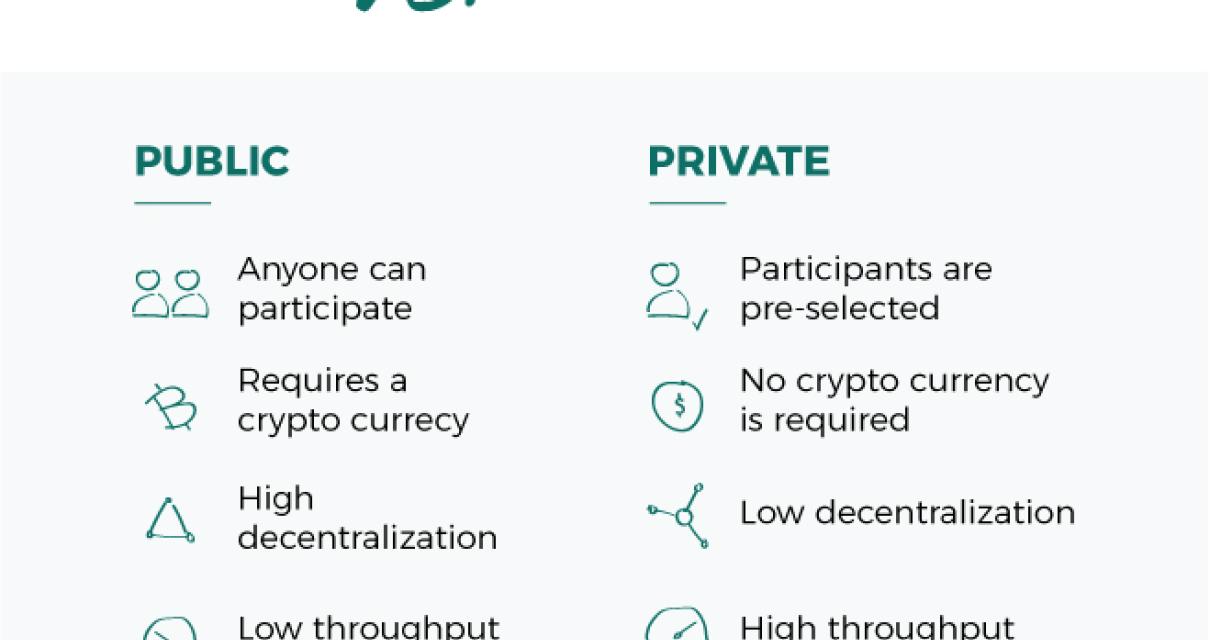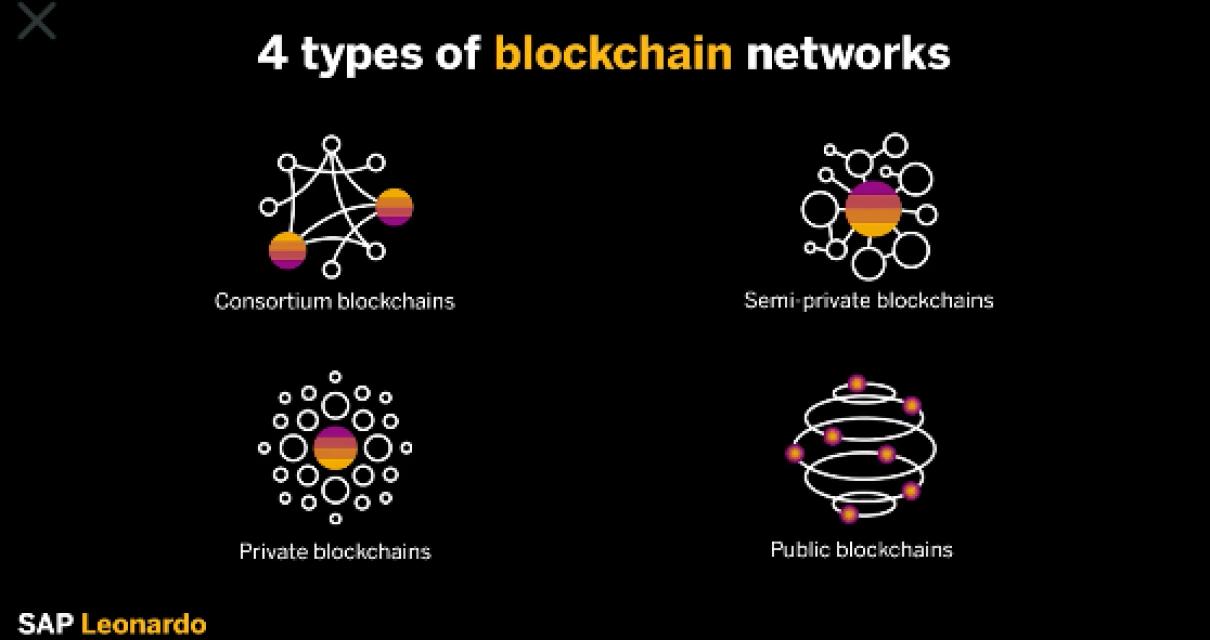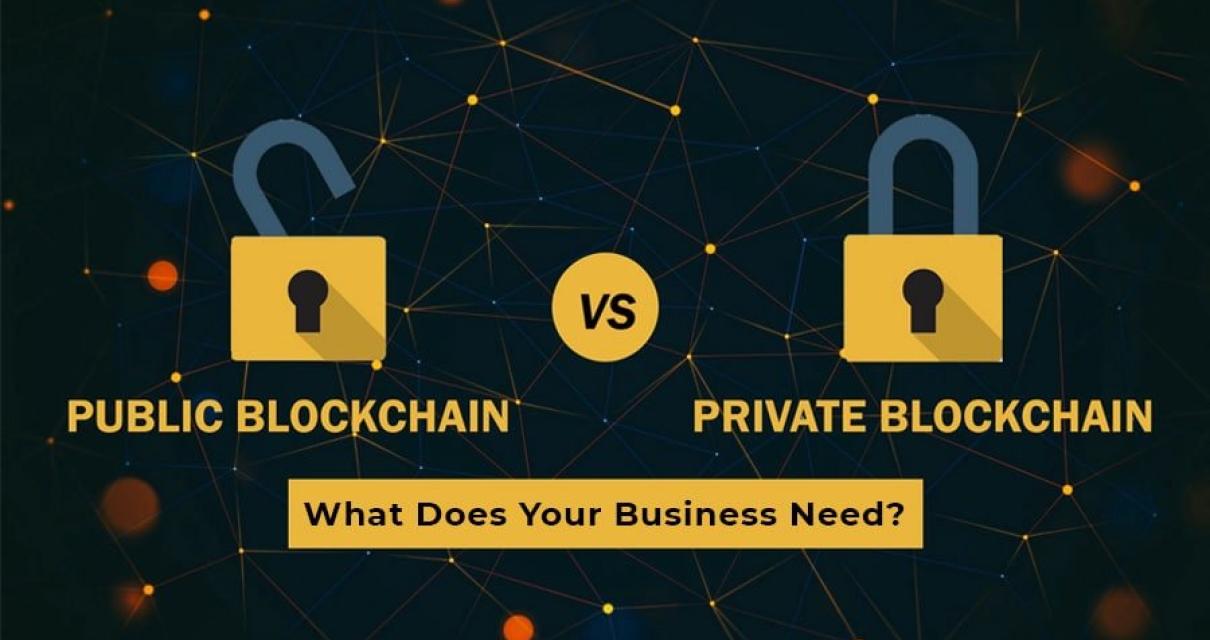What is a public blockchain?
A public blockchain is a distributed ledger technology that allows anyone with an internet connection to view the transactions that have taken place. This makes it a more transparent and secure system than a private blockchain.
The benefits of a public blockchain
There are many benefits to using a public blockchain. These benefits include:
1. Transparency: A public blockchain is transparent, meaning everyone can see all the information stored on the blockchain. This is different from private blockchains, which are typically used for business transactions.
2. Immutability: A public blockchain is immutable, meaning it is impossible for anyone to change or tamper with the information stored on the blockchain. This is different from private blockchains, which are typically used for business transactions.
3. Decentralized: A public blockchain is decentralized, meaning it is not controlled by any single entity. This is different from private blockchains, which are typically used for business transactions.
4. Security: A public blockchain is secure, meaning it is difficult for anyone to hack into the blockchain and steal the information stored on it. This is different from private blockchains, which are typically used for business transactions.
5. Accountability: A public blockchain is accountable, meaning everyone can see who has made which transactions on the blockchain. This is different from private blockchains, which are typically used for business transactions.

The advantages of a public blockchain
Public blockchains are more transparent and secure than private blockchains. This is because a public blockchain is open to everyone, meaning that everyone can see the transactions that take place on the blockchain. This makes it easier for people to verify the legitimacy of a transaction, and it also makes it harder for criminals to commit fraud.
Public blockchains are also more reliable than private blockchains. This is because a public blockchain is decentralized, meaning that there is no one entity that controls the blockchain. This makes it difficult for hackers to compromise the blockchain and steal users' money.
Public blockchains are also faster than private blockchains. This is because a public blockchain is distributed, meaning that the blockchain is not stored centrally on a single server. Instead, the blockchain is stored on millions of computers around the world. This makes it quicker for transactions to be processed and for the blockchain to be updated.

The disadvantages of a public blockchain
A public blockchain is open to all participants who are able to access the network. This means that anyone with a computer can download and run the software, and participate in the network. This openness makes public blockchains vulnerable to hacking and other attacks.
Public blockchains are also not as secure as private blockchains. Anyone with access to the network can tamper with the data, which makes public blockchains less reliable and more vulnerable to fraud.
Finally, public blockchains are slower and less efficient than private blockchains. This is because public blockchains must process every transaction that occurs on the network, which can slow down the process and increase the cost of transactions.
The challenges of a public blockchain
Public blockchains are distributed databases that are open to anyone with an internet connection. Anyone can view the entire blockchain and make changes. This makes public blockchains more vulnerable to cyberattacks.
Public blockchains also require a lot of energy to operate. They need to be constantly updated and synced with other nodes in the network. This can be a challenge for smaller, decentralized networks.
Public blockchains are also not as secure as private blockchains. Anyone can view the blockchain, which makes it easier for hackers to steal data. Private blockchains are also more secure because only approved participants can access them.
What is the future of public blockchains?
Public blockchains have the potential to revolutionize how we do business, but there are also some challenges that need to be addressed. One of the key challenges is scalability. Public blockchains are designed to be open and accessible to everyone, which makes them powerful tools for organizing and sharing information, but they can't handle large volumes of transactions. Another challenge is security. Public blockchains are vulnerable to attacks, and it's difficult to protect them against hackers.

How can public blockchains be used?
Public blockchains can be used to create a tamper-proof system for recording transactions. This system can be used to track the ownership of assets and to verify the legitimacy of transactions.
What are the use cases for public blockchains?
Public blockchains have a number of potential uses cases, including but not limited to:
1. Secure and transparent recordkeeping for governments and businesses.
2. Tracking and tracing the origin and movement of goods and money.
3. Making it easier for people to conduct transactions without having to trust third parties.
4. Enabling peer-to-peer or distributed computing.
5. Supporting secure digital identities.
6. Generating tamper-proof records of digital events.
Why are public blockchains so important?
Public blockchains are important because they allow for the secure, transparent, and decentralized recording of transactions. They also allow for the creation of decentralized applications (dApps), which can enable a wide range of new services.
What are the characteristics of a good public blockchain?
A good public blockchain should be:
• Decentralized: All the nodes in the network should be equal, so no single party can control the network or data.
• Secure: The network should be resistant to attacks, so that users can trust the data stored on it.
• Scalable: The network should be able to handle a large number of transactions and users.
• Democratized: The network should be open to all users, so anyone can participate.
How to choose the right public blockchain for your needs
There is no one-size-fits-all answer to this question, as the best public blockchain for a particular application will vary depending on the specific needs of that application. However, some key factors to consider when choosing a public blockchain for an application include:
Scalability: Public blockchains are designed to handle a large number of transactions per second, which is important for applications that require high throughput.
Public blockchains are designed to handle a large number of transactions per second, which is important for applications that require high throughput. Consensus mechanisms: A public blockchain typically uses a consensus mechanism such as proof of work or proof of stake to ensure that the network remains operational and valid.
A public blockchain typically uses a consensus mechanism such as proof of work or proof of stake to ensure that the network remains operational and valid. Security: Public blockchains are typically more secure than private blockchains because they are publicly accessible and transparent.
Public blockchains are typically more secure than private blockchains because they are publicly accessible and transparent. Decentralization: Public blockchains are decentralized, meaning that there is no single point of control or power. This is important for applications that require a trustless platform.
Ultimately, the best public blockchain for an application will depend on the specific needs of that application. For example, Ethereum is perfect for applications that require smart contracts and decentralized applications (dApps), while Bitcoin is better suited for applications that require financial transactions.
A beginner's guide to public blockchains
Public blockchains are distributed databases that allow anyone with an internet connection to view and interact with the data. This makes them a powerful tool for tracking and monitoring transactions, as well as for developing new applications.
In order to use a public blockchain, you will need a digital wallet (like Bitcoin Core or Copay) and an internet connection. Once you have these items, you can start loading the blockchain with transactions.
To add a new transaction to the blockchain, you will need the following information:
The address of the recipient
The address of the sender
The amount of bitcoin to be sent
To send a transaction, you will need the following information:
The address of the recipient
The address of the sender
The amount of bitcoin to be sent
The script code (a set of instructions) that will be executed when the transaction is completed